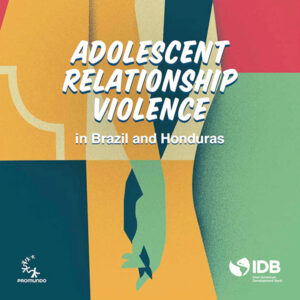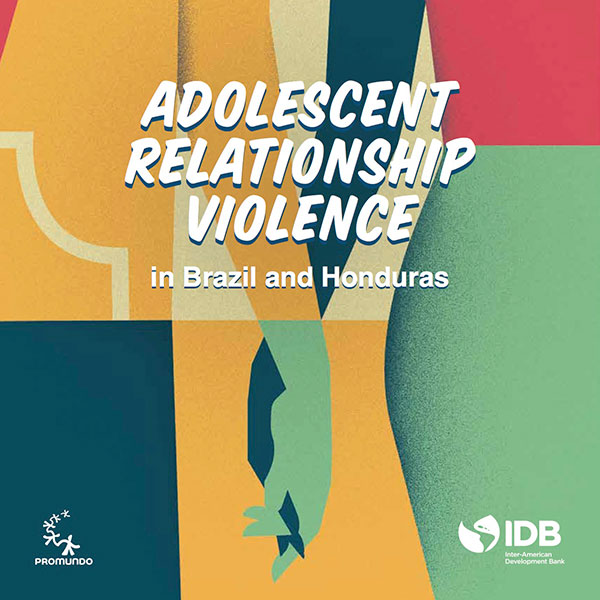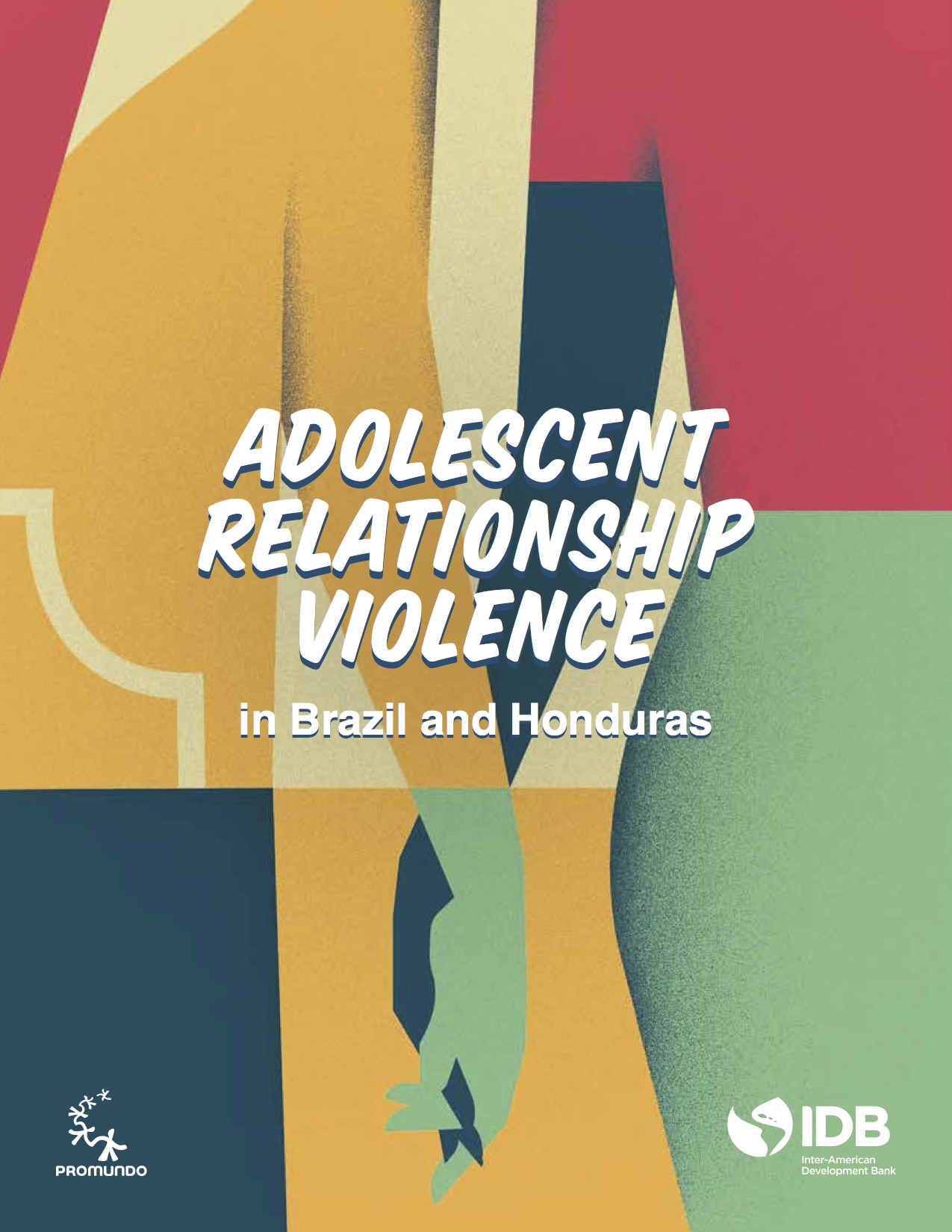By Giovanna Lauro, Alice Taylor, and Clara Alemann
Adapted for ¿Y si hablamos de igualdad?
Romantic relationships are a common part of the adolescent experience in Latin America and the Caribbean. However, young people are forming relationships while they’re also trying to navigate their own sense of self, and the world around them, amidst limited prospects for education and employment, widespread rural poverty, and high urban violence.
We know little about adolescent relationships, but we do know that what happens in adolescence – including dating violence – can have dangerous consequences now, and down the road. An alarming 17 to 53 percent of women in the region report having experienced physical or sexual violence by an intimate partner at some point in their lives[1], and evidence shows that adolescent relationship violence can lead to adult intimate partner violence (IPV). We need a better understanding of how violence occurs in adolescence, and what’s driving it, so that we can support healthy and nonviolent relationship dynamics.
New research recently published by Equimundo and the Inter-American Development Bank (IDB) reveals much needed information on how adolescents are navigating their relationships: most adolescents receive almost no support in learning to recognize their own desires and communicate them assertively, but not aggressively, to their partners. This is troubling, as relationships – whether informal dating, “hook up” relationships, or cohabitation – take on disproportionately prominent roles in their lives, as social expectations discourage adolescents from having friends, especially of the opposite sex, outside of the relationship.
Young woman are told to put up with violence
The study highlights the intensity and acceptance of relationship violence, controlling behaviors, and social norms that reinforce the idea that violence or control are “normal.” One young woman in Honduras says, “When I told [my mom] that I had problems with my boyfriend, she would tell me that it was normal, that women had to put up with it.” It also reveals the overall scale of the violence witnessed and experienced by adolescents in their homes and communities prior to entering relationships.
Young men and women were interested in reflecting on the impact their actions and experiences had on themselves and their partners. A 23-year-old young man from Rio de Janeiro talked about the challenge of navigating boundaries in sex with a partner, and attributed his use of force with the end of his relationship: “I didn’t hurt her, but it was something stronger… I couldn’t measure my force at the time…”
Particularly in contexts where some adolescent girls describe their best relationships as “not having forced sex,” and where adolescents consider monitoring of clothing, cell phones, and social media to be part of the daily routine, programmatic initiatives must explicitly address the controlling behaviors and emotional violence that are so pervasive in adolescents’ daily lives. They need to start addressing relationship dynamics long before physical and sexual violence starts. These programs can also promote healthy relationships, mediation skills, and assertiveness to empower adolescents and promote more positive relationship dynamics.
Breaking the cycle of violence also implies providing support to those who have experienced or are currently experiencing violence. Improving both the quality and the accessibility of public services – addressing a widespread mistrust and lack of awareness of available support services – is key so that interventions can occur before IPV escalates. As the nature of sexual and romantic relationships evolves – beginning now at younger ages – we have to take on novel solutions to work effectively with adolescents of all genders and sexual identities to prevent and respond to adolescent relationship violence. We need to lay the foundation for adolescents to be able to have healthy relationships and recognize patterns and warning signs when they first appear, to build healthy relationships and to prevent violence now, and in the future.
Read the full report here and the executive summary in English, Spanish, or Portuguese here.


